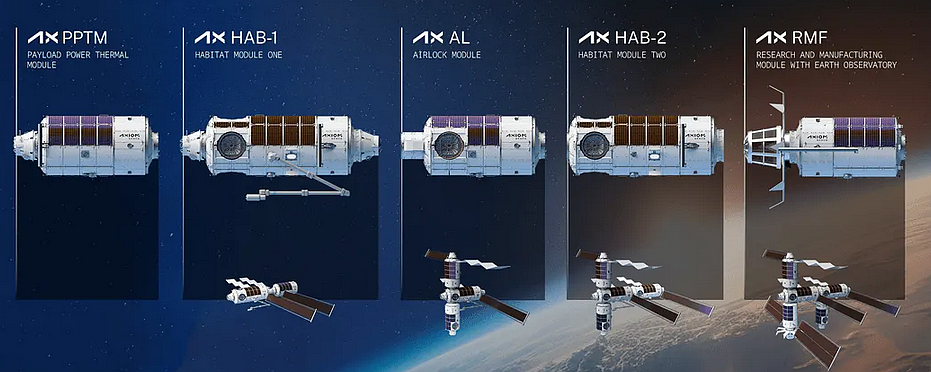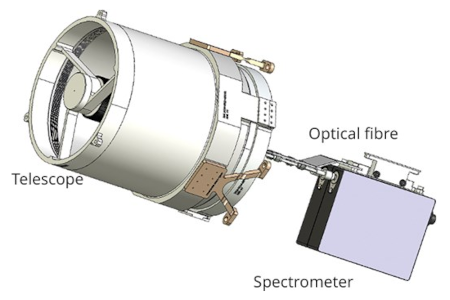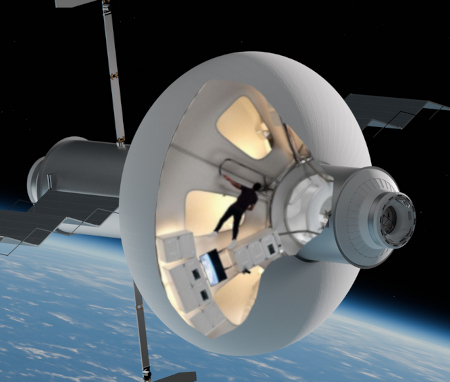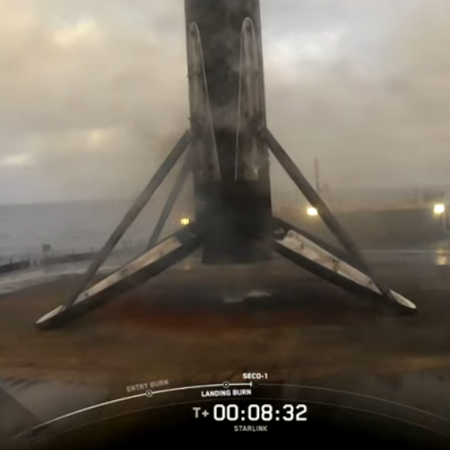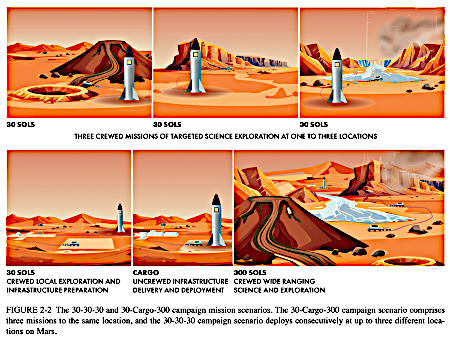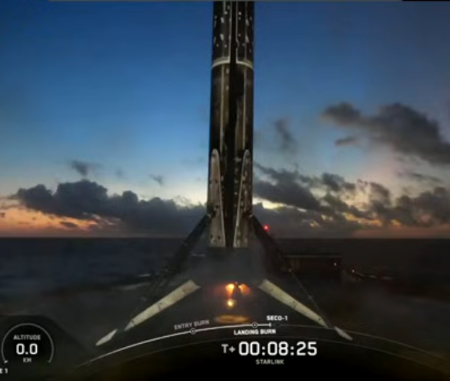Eutelsat/OneWeb to launch new 340 satellites by 2027
More business for rockets! The internet satellite company Eutelsat/OneWeb now has plans to launch another 340 satellites by 2027, partly to replace aging satellites but also to upgrade its constellation.
Eutelsat OneWeb plans to deploy a constellation of over 340 satellites for its second-generation (Gen-2) low-earth orbit (LEO) network by 2027, as it looks to strengthen its business-to-business (B2B) and business-to-government (B2G) offerings globally. Neha Idnani, Regional Vice President for Asia Pacific at Eutelsat OneWeb, told Business Today in an exclusive interaction that the company is gearing up for the next phase of its orbital expansion to boost network capacity, resilience and coverage worldwide.
OneWeb began deploying its Gen-1 satellites in 2019 and operates a constellation of around 640 satellites as of 2025. While the network is fully operational, close to 100 satellites from the initial fleet are due for replenishment. The Gen-2 rollout will mark a shift to a more advanced and flexible network architecture.
The article at the link touts India’s space agency ISRO as a likely launch provider for those missions, which isn’t surprising as a substantial percentage of Eutelsat/OneWeb is owned by an Indian investor. It is also likely however that other companies, including SpaceX, Blue Origin, and Rocket Lab, will be considered also.
More business for rockets! The internet satellite company Eutelsat/OneWeb now has plans to launch another 340 satellites by 2027, partly to replace aging satellites but also to upgrade its constellation.
Eutelsat OneWeb plans to deploy a constellation of over 340 satellites for its second-generation (Gen-2) low-earth orbit (LEO) network by 2027, as it looks to strengthen its business-to-business (B2B) and business-to-government (B2G) offerings globally. Neha Idnani, Regional Vice President for Asia Pacific at Eutelsat OneWeb, told Business Today in an exclusive interaction that the company is gearing up for the next phase of its orbital expansion to boost network capacity, resilience and coverage worldwide.
OneWeb began deploying its Gen-1 satellites in 2019 and operates a constellation of around 640 satellites as of 2025. While the network is fully operational, close to 100 satellites from the initial fleet are due for replenishment. The Gen-2 rollout will mark a shift to a more advanced and flexible network architecture.
The article at the link touts India’s space agency ISRO as a likely launch provider for those missions, which isn’t surprising as a substantial percentage of Eutelsat/OneWeb is owned by an Indian investor. It is also likely however that other companies, including SpaceX, Blue Origin, and Rocket Lab, will be considered also.

